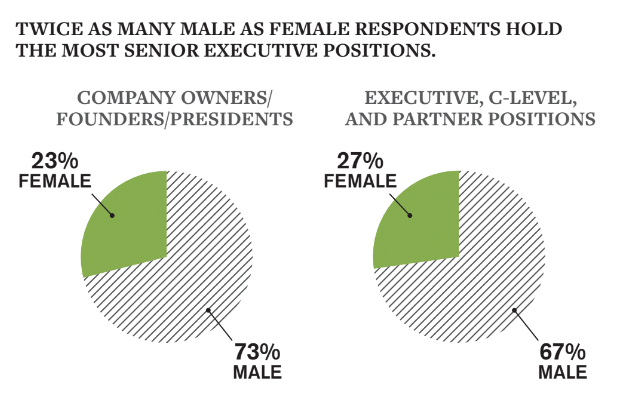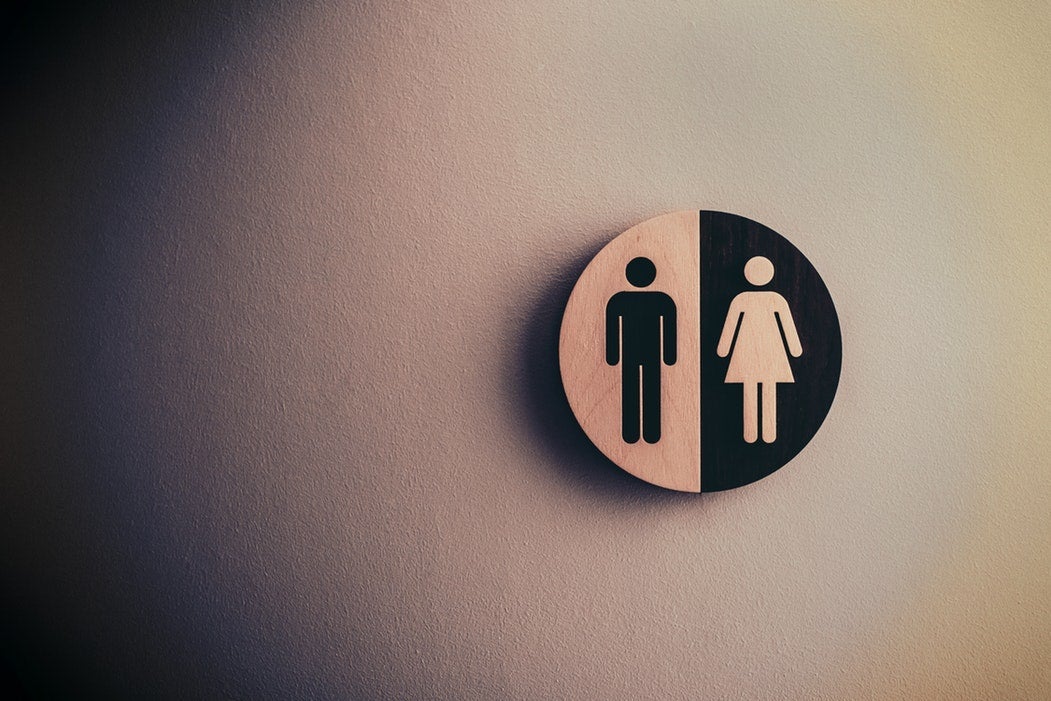Turns out, the outdoor industry isn’t immune to overarching trends in income inequality. Our survey revealed a significant pay discrepancy between men and women—a finding that’s about in line with the average pay gap nationwide among all industries, said Chandra Childers, study director for the Institute for Women’s Policy Research. In the U.S. in 2018, according to the Pew Research Center, the average woman made about 15 percent less than the average man.
This doesn’t mean women doing the same job for the same company are generally paid 15 percent less—rather, it’s “occupational segregation,” Childers said, which means that jobs in positions and industries where men are more prevalent typically pay more, while the reverse is true of more female-dominated positions. Women do often make less than male counterparts for the same type of work, but that gap is generally less dramatic—about 5 percent, she said. And in our survey (and in the country overall), men also dominate the higher-paying C-suite leadership jobs.
How do we close it? Pay transparency is a great first step, said Childers. Men are much more likely to negotiate their salaries, and if women don’t know what their coworkers are making, they may not even realize they’re being underpaid. She also suggests companies do away with negotiating altogether in favor of setting a specific salary for a given position, regardless of who fills it.

Some states have also passed laws prohibiting employers from asking candidates about their previous salaries, which is also a step in the right direction. “[That question] allows inequality to follow you through the rest of your career,” she said. “Therefore, every pay raise you get is based on a lower number than it should be, so you’re never going to catch up.”
Finally, Childers argued for not only enacting family leave policies, but also encouraging men to take advantage of them. Women often do take it when they have children, “and that’s where they really get hit,” Childers said. Even after family leave, research shows that salaries of women who have children lag significantly behind men and childless women. One theory: women are more likely to be (or be perceived as) primary caregivers, making them underrepresented in high-paying jobs that require long hours or lots of travel.


